How The Marvelous Mrs. Maisel re-imagines the stand-up show
Amy Sherman-Palladino's new show brilliantly trumps comedy's favorite clichés

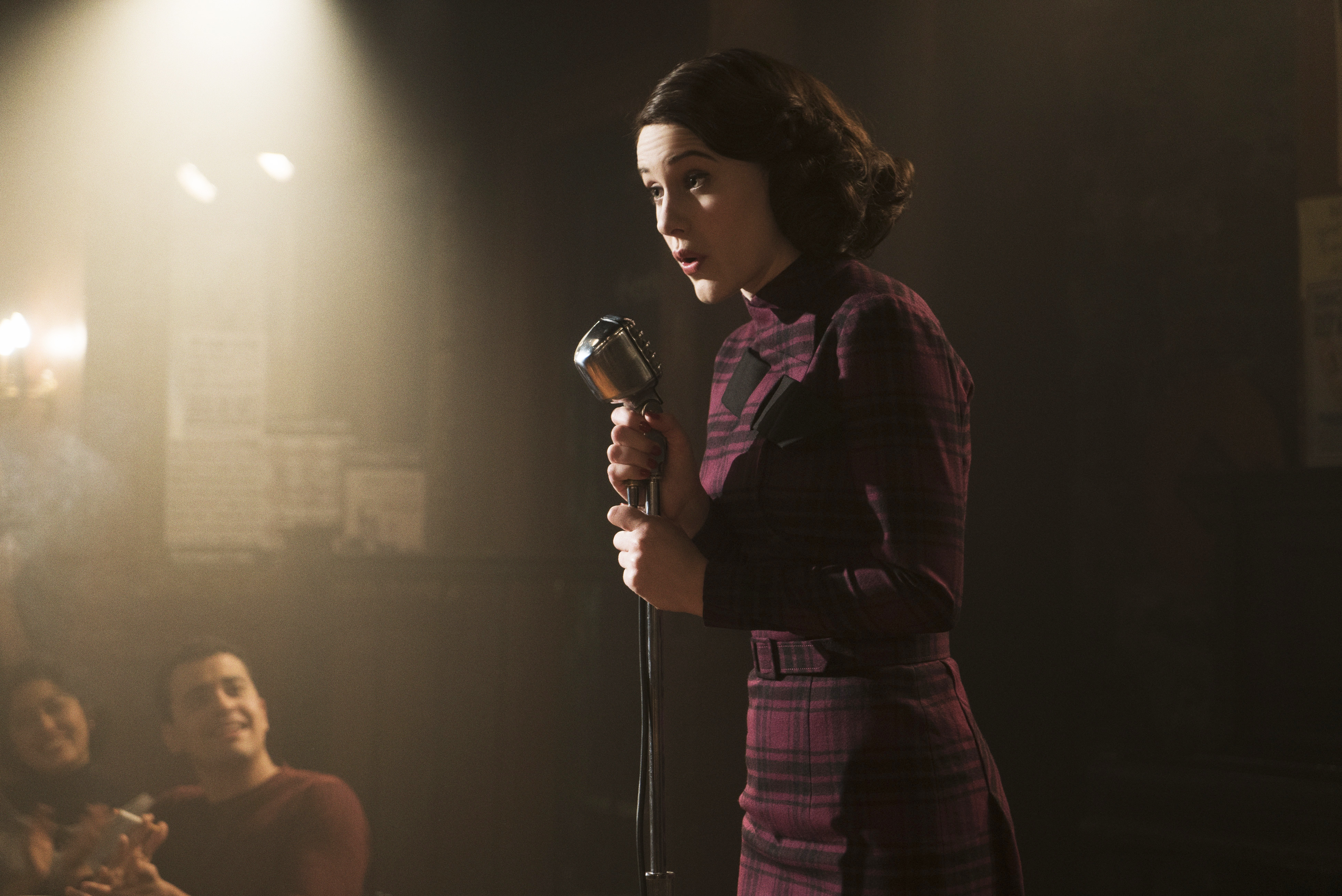
Fictional histories of stand-up are a very tough sell. Tough because our loyalty flows to the stand-up first, not to the historical moment she belongs to or the bits that made her famous or the comedy environment that produced her. Just look at I'm Dying Up Here, which sketches a history of comedy in the '70s without using any of the period's definitive names. It's not a terrible show, but because it leans so hard on obvious substitutions (Melissa Leo plays "Goldie Herschlag," a comedy kingmaker based on the Comedy Store's Mitzi Shore), it never peels away from its referents to follow its own story.
Developing totally unique stories is what Amy Sherman-Palladino does. She did it in Gilmore Girls and she did it in Bunheads, so it's no surprise that she's succeeded yet again in The Marvelous Mrs. Maisel, her latest project for Amazon. And it takes every bit of her brazen, stylistic verve to trump the clichés that stories about stand-up usually inspire.
In The Marvelous Mrs. Maisel, Sherman-Palladino inverts the cult of personality narratives that secretly animate so many shows featuring comics into something stronger and much, much stranger. This isn't Master of None or Crashing or One Mississippi; these aren't stories that start with a famous comic and backfill their beloved public personas with intriguingly semi-autobiographical texture. No: In Maisel, Sherman-Palladino creates a comic out of thin air — and introduces her to you first as the stand-up comic's greatest natural enemy: the fussy, perfectionist, rich, and happy homemaker.
The Week
Escape your echo chamber. Get the facts behind the news, plus analysis from multiple perspectives.

Sign up for The Week's Free Newsletters
From our morning news briefing to a weekly Good News Newsletter, get the best of The Week delivered directly to your inbox.
From our morning news briefing to a weekly Good News Newsletter, get the best of The Week delivered directly to your inbox.
This is the story of Midge Maisel, a Jewish housewife who did everything exactly right: She went to college, found a husband, had two kids. In 1958, when the show starts, she's reaping the rewards: She has perfect hair, a mouth-watering wardrobe, and a fabulous apartment on the Upper West Side. "I wanted to do a story about a woman who thought she'd scored," Sherman-Palladino said. "She'd gotten it all, and then, bam, it all falls apart. And in falling apart, she discovers an ambition and a need to speak, and a voice that she just frankly didn't know was there." When Midge's husband Joel bombs at the Gaslight — a club in Greenwich Village where he's been trying to make it as a comic — he announces he's leaving her. A shell-shocked Midge downs a bottle of wine and ends up at the Gaslight herself. She winds up at the mic in her nightie, and gives a hell of a performance that lands her in jail.
This isn't the story of a rise; it's the story of a revivifying fall. That's confusing, both because the viewer can't help but relish and resent the absolute perfection of Midge's life, and because Rachel Brosnahan plays Midge as brimming with enthusiasm already.
Midge is no Betty Draper. She loves her life. The show's pilot opens with our hero giving an unorthodox and completely obnoxious toast at her own wedding. She practically oozes self-satisfaction. But her tendency to be kind of outrageous — she tells the assembled (Jewish) guests there's shrimp in the egg-rolls — is offset by her strict adherence to '50s standards of wifely excellence. She's sexually adventurous, makes a great brisket, and gets up twice in the night — once to remove her makeup after her husband's fallen asleep, and once right before his alarm, to put her face back on. She keeps a perfect house and a perfect figure, and seems to relish it all. Midge's isn't the problem with no name. If there's a problem, she'll fix it. (That's practically her motto.)
If you hear "class" in every sentence I've written so far, you should: Maisel is obsessed with it. It permeates every frame. What Gilmore Girls did for WASPs, Maisel does for the Jewish vision of the American Dream: It annotates the margins of wealth so minutely that you discover unsuspected sympathies with Abe, Midge's father (played with barely-repressed fury by Tony Shalhoub) and Moishe, her father-in-law, whose clothing factory furnishes an opportunity for Sherman-Palladino to showcase dozens of the same costume and the odd backstage dynamism of people standing around, trying them on, while the rest look busy. This is one of her key cinematic flourishes — I can't think of a Sherman-Palladino vehicle that didn't love the seamstresses backstage. The world-building the tracking shots do here (and as people walk in and out of buildings) is pretty stunning.
A free daily email with the biggest news stories of the day – and the best features from TheWeek.com
Bookending the luxury of Midge's world is the Gaslight, a grimy, dim comedy club run by Susie Meyerson — played with a perma-raised eyebrow by Alex Borstein. Meyerson lives in a crowded and awful little studio; her life opposes the show's in every way. That she sees something like greatness in Midge's act is a big deal that Midge is slow to appreciate. This will obviously be the show's central relationship going forward, and it's a rich seam.
If Myerson's life has trained her to see through the bullshit (she doesn't think much of Joel's act, since it's stolen from Bob Newhart), Midge's has trained her to observe people and anticipate their needs. She is officious and bossy and efficient, but many of the traits that should be comedically disqualifying — she's too polite, too conventional by half — end up, in this version of things, scanning as strengths.
Here, again, Sherman-Palladino inverts some of the common themes that infect so many shows about comedians: Maybe one doesn't need to be dysfunctional to be funny? It helps that Sherman-Palladino's father was a stand-up comic, so she knows the industry.
She chose to set Maisel in the late '50s because it marked an inflection point in the history of stand-up: "There was a real sea change coming in comedy with Lenny Bruce and people like that that were not telling pre-written stand-up jokes. They were sometimes discussing things just off the tops of their heads," she told Vanity Fair.
Midge's development as a comic clearly borrows from this observational, semi-confessional tradition. If comedians mine their lives for material, Midge's essential housewifely competence stems from a practice of mining her life for ... pretty much everything. Midge barters for influence nonstop; what housewives like her did was not just see but create opportunities. Sherman-Palladino reconfigures that as exactly the kind of hustle you need to make it in comedy. Midge's insight is that people matter. Strategically. She notices her husband's paramour and secretary Penny, and Susie, and Lenny Bruce — who she bails out of jail and asks for advice. She sees their "potential," comedic and otherwise.
Maybe Amy Sherman-Palladino is our Edith Wharton. She revels in the potent intersection of obscene wealth and sudden hardship, and anatomizes the machinations and humor at both ends. She has a gift for emptying social stereotypes as she indulges them. If you can't watch Maisel without feeling a little sick at the luxury bubbling in every frame, you also can't quite help but love it almost as much as Midge does, even when she takes the mic and punctures the illusions to which she dedicated her happy, married life.
Lili Loofbourow is the culture critic at TheWeek.com. She's also a special correspondent for the Los Angeles Review of Books and an editor for Beyond Criticism, a Bloomsbury Academic series dedicated to formally experimental criticism. Her writing has appeared in a variety of venues including The Guardian, Salon, The New York Times Magazine, The New Republic, and Slate.
-
 Why is Trump killing off clean energy?
Why is Trump killing off clean energy?Today's Big Question President halts offshore wind farm construction
-
 8 restaurants that are exactly what you need this winter
8 restaurants that are exactly what you need this winterThe Week Recommends Old standards and exciting newcomers alike
-
 ‘This is a structural weakening of elder protections’
‘This is a structural weakening of elder protections’Instant Opinion Opinion, comment and editorials of the day
-
 Walter Isaacson's 'Elon Musk' can 'scarcely contain its subject'
Walter Isaacson's 'Elon Musk' can 'scarcely contain its subject'The latest biography on the elusive tech mogul is causing a stir among critics
-
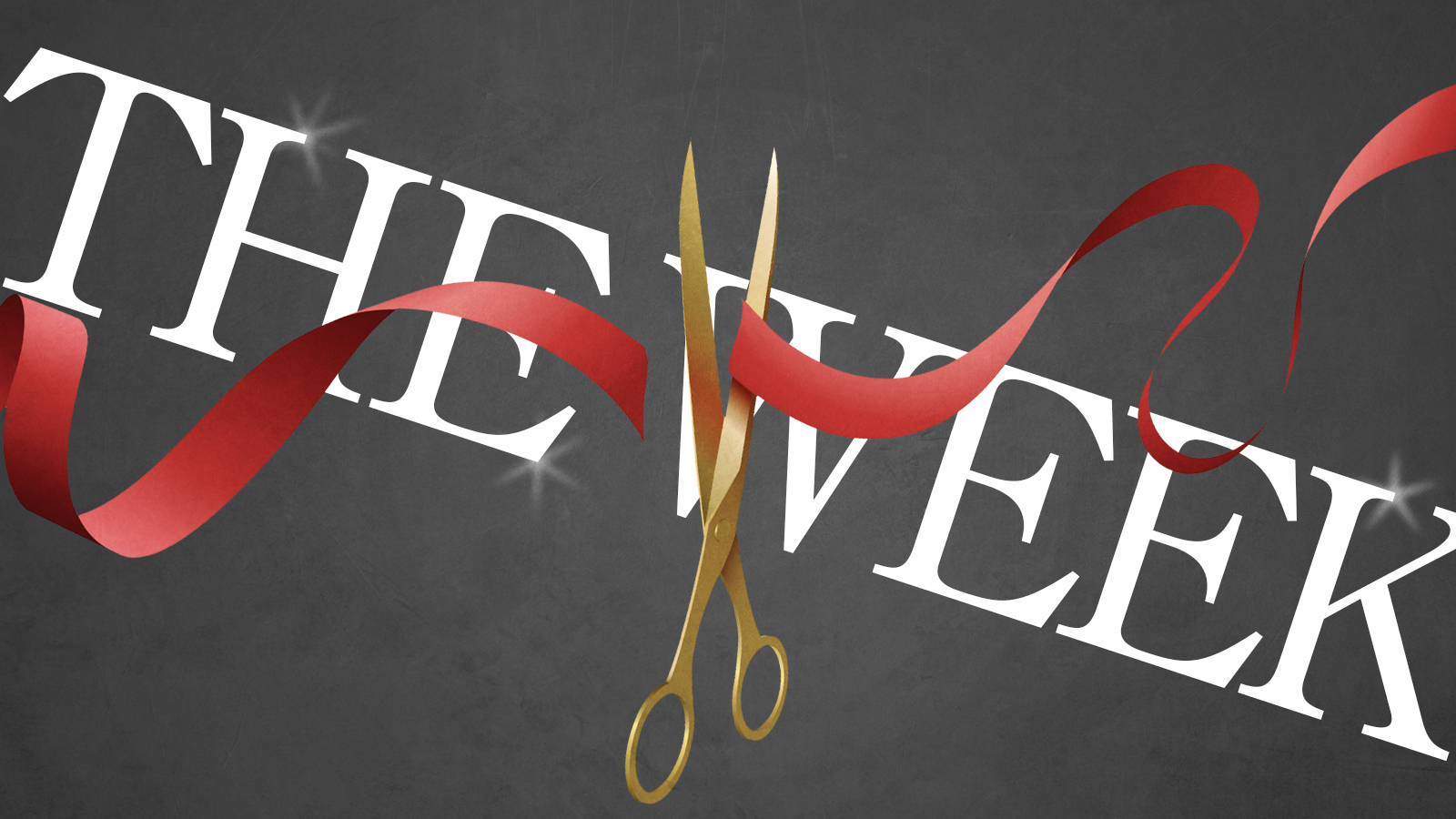 Welcome to the new TheWeek.com!
Welcome to the new TheWeek.com!The Explainer Please allow us to reintroduce ourselves
-
 The Oscars finale was a heartless disaster
The Oscars finale was a heartless disasterThe Explainer A calculated attempt at emotional manipulation goes very wrong
-
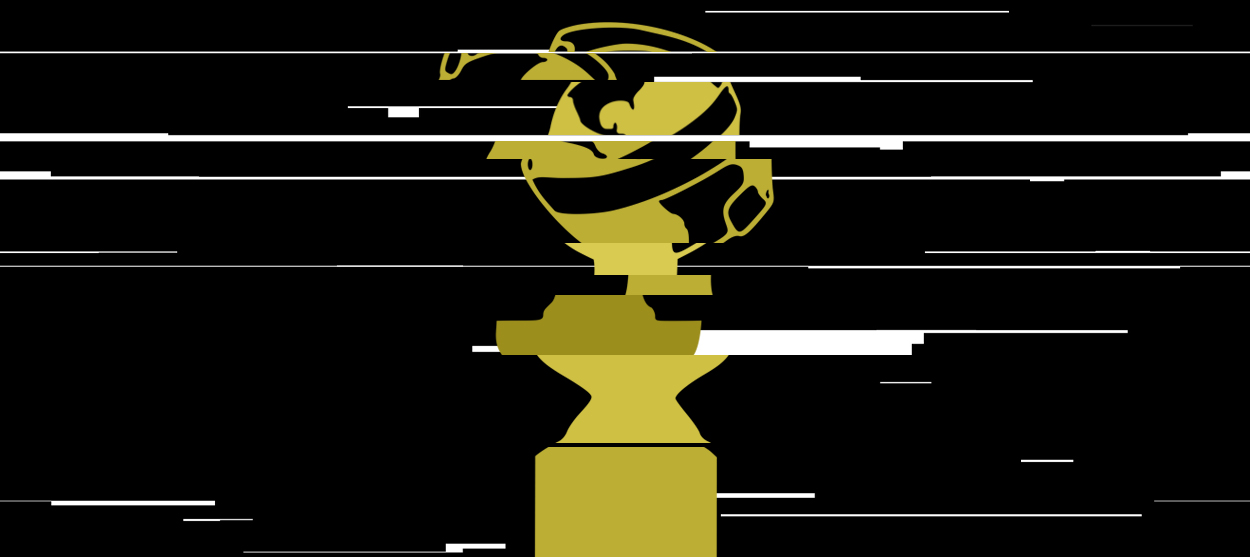 Most awkward awards show ever?
Most awkward awards show ever?The Explainer The best, worst, and most shocking moments from a chaotic Golden Globes
-
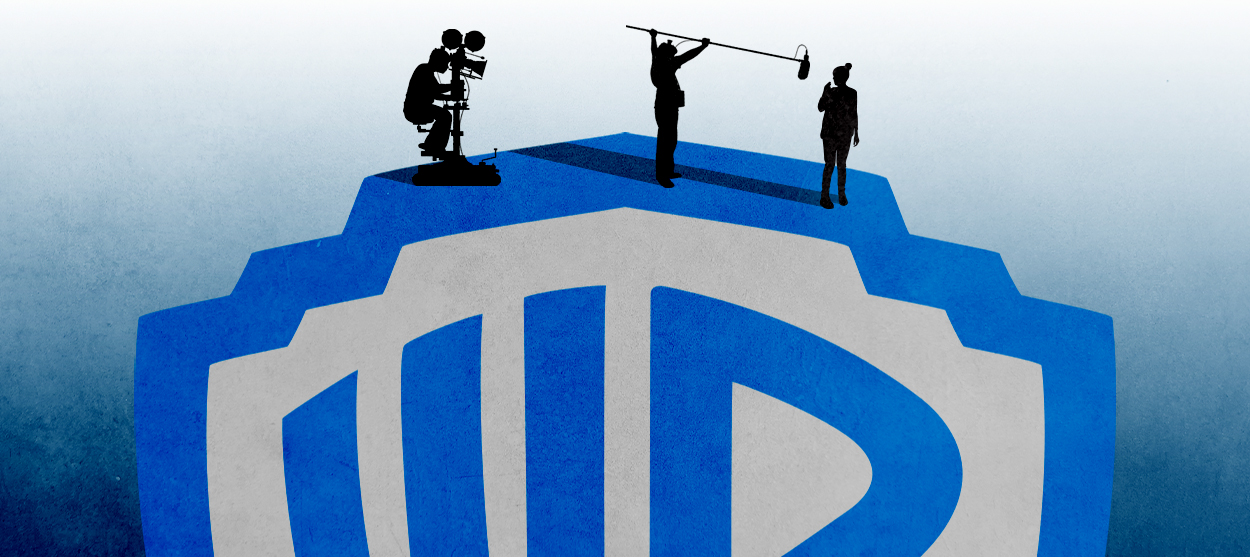 The possible silver lining to the Warner Bros. deal
The possible silver lining to the Warner Bros. dealThe Explainer Could what's terrible for theaters be good for creators?
-
 Jeffrey Wright is the new 'narrator voice'
Jeffrey Wright is the new 'narrator voice'The Explainer Move over, Sam Elliott and Morgan Freeman
-
 This week's literary events are the biggest award shows of 2020
This week's literary events are the biggest award shows of 2020feature So long, Oscar. Hello, Booker.
-
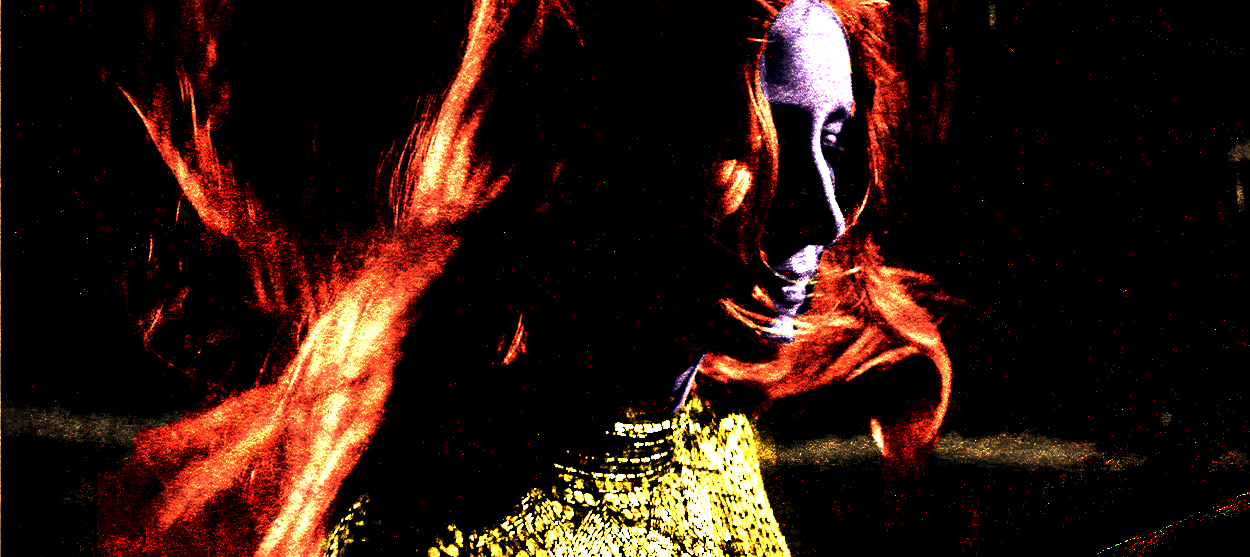 What She Dies Tomorrow can teach us about our unshakable obsession with mortality
What She Dies Tomorrow can teach us about our unshakable obsession with mortalityThe Explainer This film isn't about the pandemic. But it can help viewers confront their fears about death.
